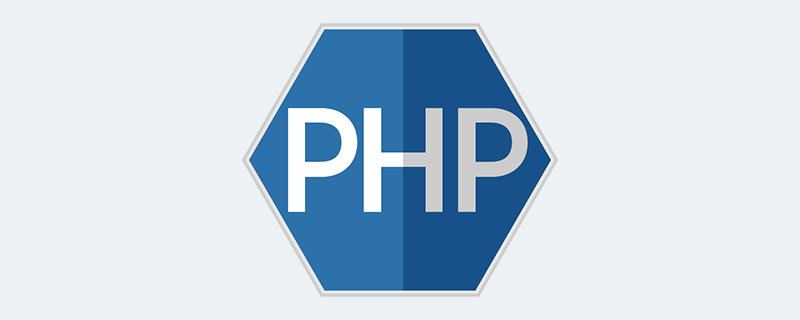Home > Article > Backend Development > PHP extension installation tutorial
How to install the PHP extension: first download the PHP source code package and compile and install it; then modify the system settings; then add parameters after configure to control the installation; and finally modify the corresponding configuration file.

Recommended: "PHP Tutorial"
php extension installation tutorial
Take php installation of swoole extension as an example.
php source code compilation and installation
Download the source code package and compile and install
$ wget http://cn2.php.net/distributions/php7-1.0.tar.gz $ tar -zxvf php7-1.0.tar.gz $ cd php7-1.0 $ ./configure --prefix=$HOME/php7/book/php7-1.0/output --enable-fpm $ make && make install
./configure is used to detect the target characteristics of your installation platform , and make some system settings
This step is generally used to generate Makefile to prepare for the next step of compilation. You can control the installation by adding parameters after configure, such as code: ./configure - –prefix=/usr means to install the software under /usr, the executable files will be installed in /usr/bin (instead of the default
/usr/local/bin), and the resource files will be installed in /usr/share (instead of the default /usr/local/share). At the same time, you can set the configuration files of some software by specifying the –sys-config= parameter. Some software can also add parameters such as –with, –enable, –without, –disable, etc. to control compilation. You can view detailed instructions and help by allowing ./configure –help.
Parameter details:
--prefix=PREFIX The file is installed in the directory specified by PREFIX
--bindir=DIRECTORY declares the directory for the executable program
- -libdir=DIRECTORY
Directory of library files and dynamically loaded modules. The default is EXEC-PREFIX/lib.
--includedir=DIRECTORY
Directory of C and C header files. The default is PREFIX/include.
--enable-syslog Enable system logging
--enable-debug All programs and libraries are compiled with debugging symbols.
make is used for compilation. It reads instructions from the Makefile and then compiles.
make install is used for installation. It also reads instructions from the Makefile and installs it to the specified location.
PEAR, PECL
PEAR PHP Extension and Application Repository (the PHP Extension and Application Repository)
PECL (PHP Extension Community Library), PHP extension library, which provides A series of known extension libraries, written in C and other languages
Pear: It is an extension code package for PHP. All extensions appear in the form of PHP code. They are powerful and easy to install. Use it if you can change it. When using it, you need to include it in the code to use it.
Pecl: It is a standard extension of PHP, which can supplement the functions required in actual development. All extensions need to be installed. They appear in the form of Dll under Windows. Under Linux, they need to be compiled separately. The expression is written in C language according to the official PHP standard. Although the source code is open, ordinary people cannot change the source code at will.
Pear is the upper-layer extension of PHP, and Pecl is the lower-layer extension of PHP.
# pecl安装扩展 前提swoole必须在php官方扩展库 $ pecl install swoole phpize 源码安装 phpize 动态安装扩展,通过phpize以建立php的外挂模块。 curl -o ./tmp/swoole.tar.gz https://github.com/swoole/swoole-src/archive/master.tar.gz -L && \ tar zxvf ./tmp/swoole.tar.gz && \ mv swoole-src* swoole-src && \ cd swoole-src && \ phpize && \ ./configure \ --enable-coroutine \ #启用协程 --enable-openssl \ #启用openssl --enable-http2 \ #启用http2 --enable-async-redis \ #启用异步redis --enable-sockets \ #启用sockets --enable-mysqlnd && \ #启用mysqlnd make clean && make && sudo make install
The above is the detailed content of PHP extension installation tutorial. For more information, please follow other related articles on the PHP Chinese website!